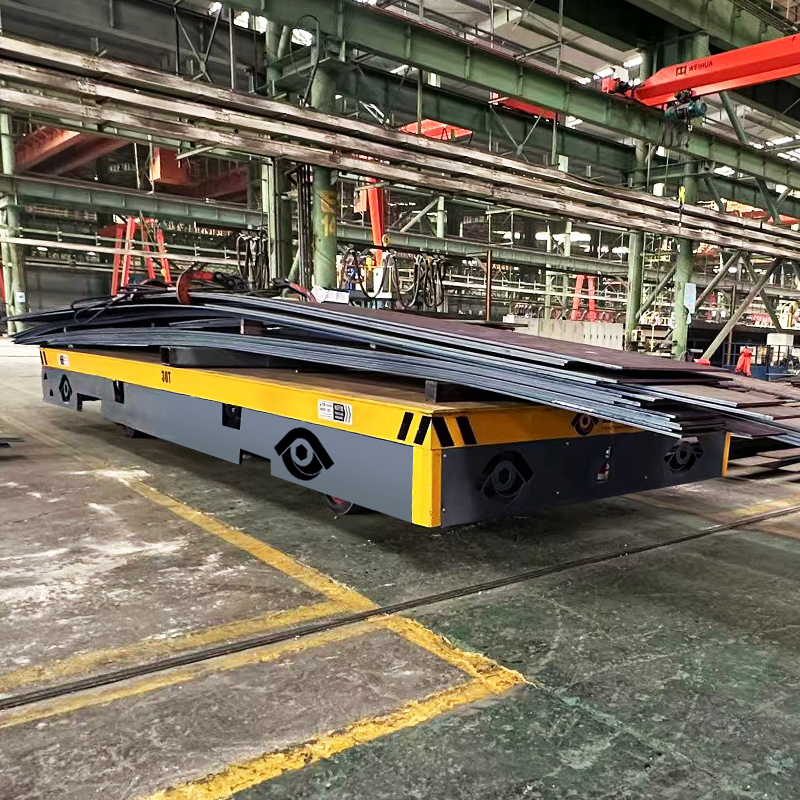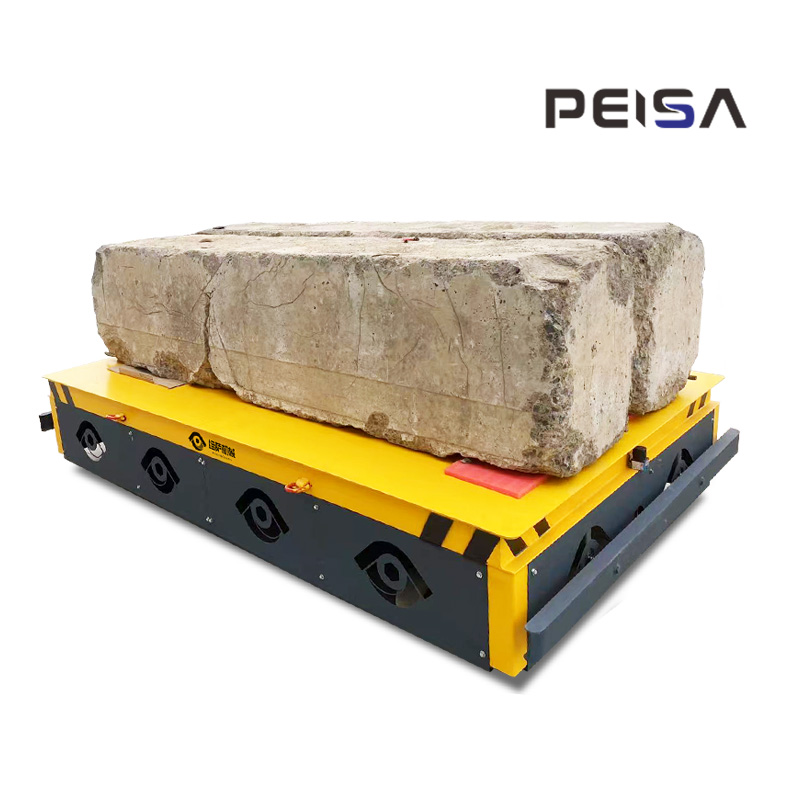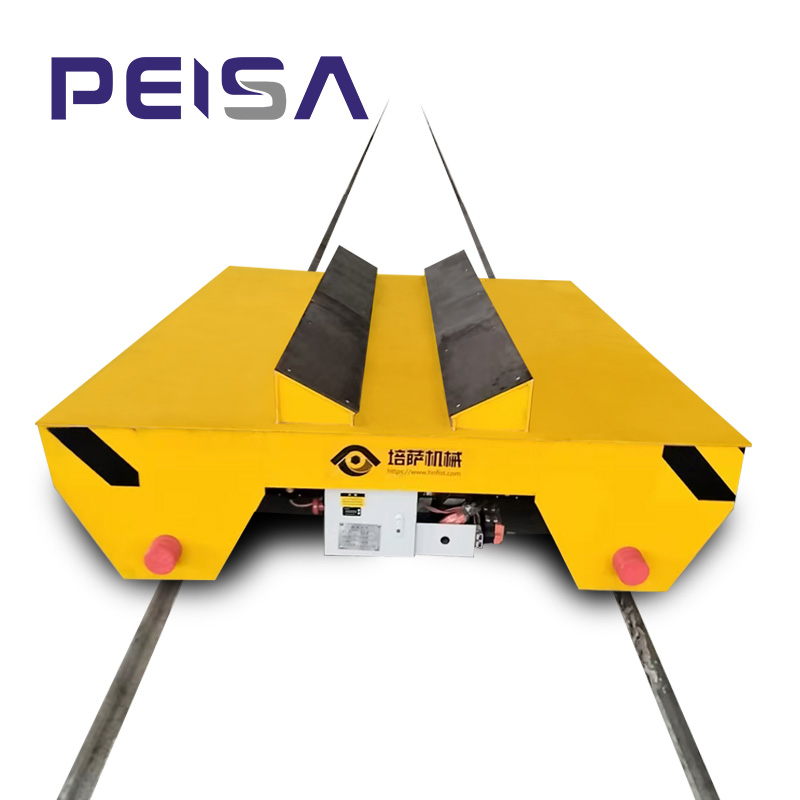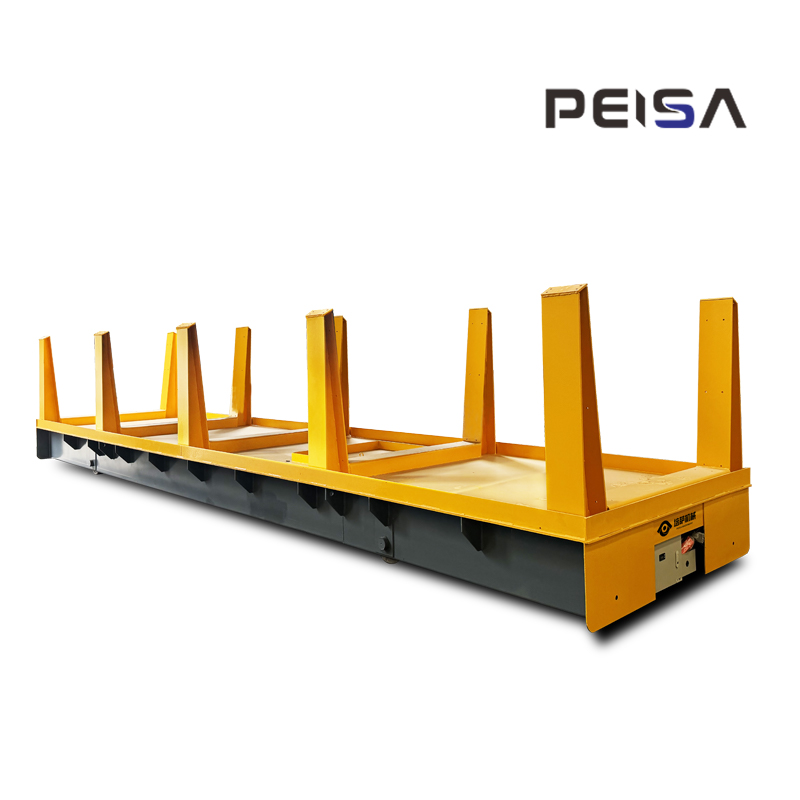Choose Battery Transfer Cart
- 2023-02-12
- View 36
In today's industrial factory transportation, the battery transfer cart has become the preferred choice for material handling due to its strong carrying capacity and high cost-effectiveness. It is widely used in factories, warehouses, and workshops. Understanding the general requirements of a battery transfer cart is crucial for enterprises to maximize its effectiveness and optimize production processes.
1. Accurate Selection: Adapting to Material Size and Load
When purchasing a battery transfer cart, customers should carefully consider the size and load of the materials being transported. Materials in different industries and production processes vary greatly, ranging from small, compact parts to large, bulky raw materials. The specifications of the rail transfer cart must closely match the length, width, and height of the material to ensure stable transportation, preventing risks such as collisions or instability caused by oversized materials.
The load weight directly determines the required carrying capacity of the transfer cart. If the material is too heavy and the cart’s load capacity is insufficient, the vehicle will struggle to operate efficiently, potentially causing irreversible damage to key components such as the vehicle structure, wheels, and motors. This can significantly reduce the service life of the equipment. Therefore, selecting a transfer cart with the correct load capacity based on the actual weight of the material is crucial for ensuring efficient and safe transportation.

2. Endurance Planning: Matching Battery Working Time Based on Workload
Determining the daily transportation workload of the battery transfer cart is essential for selecting the appropriate battery capacity. By calculating parameters such as transportation frequency and single trip distance, the total distance the cart needs to cover each day can be accurately estimated. The manufacturer will then use this information to recommend the appropriate battery capacity to meet your operational requirements.
A standard battery capacity design typically ensures 3-4 hours of full-load operation, which is sufficient for many general production scenarios. However, for enterprises with heavy transportation tasks and extended operation times, it may be necessary to configure a higher-capacity battery pack or plan for strategic charging intervals. This ensures the cart remains fully powered throughout the day, preventing interruptions due to insufficient power and maintaining a smooth production line.
3. Customized Design: Fitting the Shape of Materials and Working Conditions
Industrial materials come in various shapes—some are regular, while others are irregular. For irregular materials, a conventional flat battery transfer cart may not provide the necessary stability. In such cases, the cart’s table must be customized to fit the shape of the material.
For example, arc grooves can be designed for curved materials, and space can be reserved to accommodate materials with protruding parts. This ensures the stability of the materials during transportation and eliminates the risk of displacement or slipping, providing safe and efficient material handling throughout the process.



